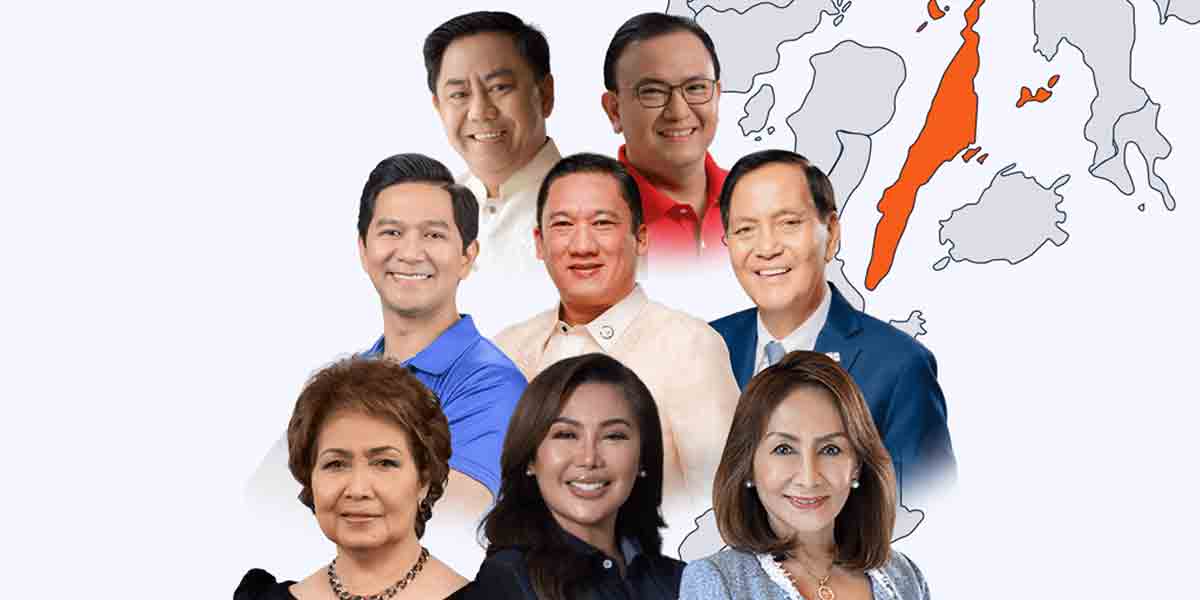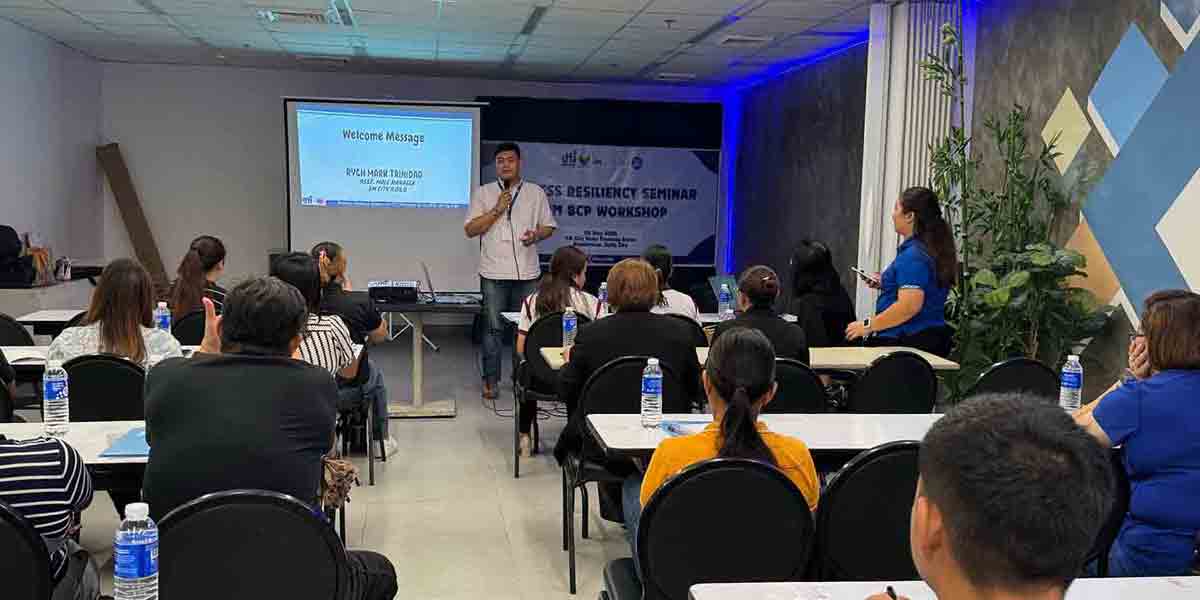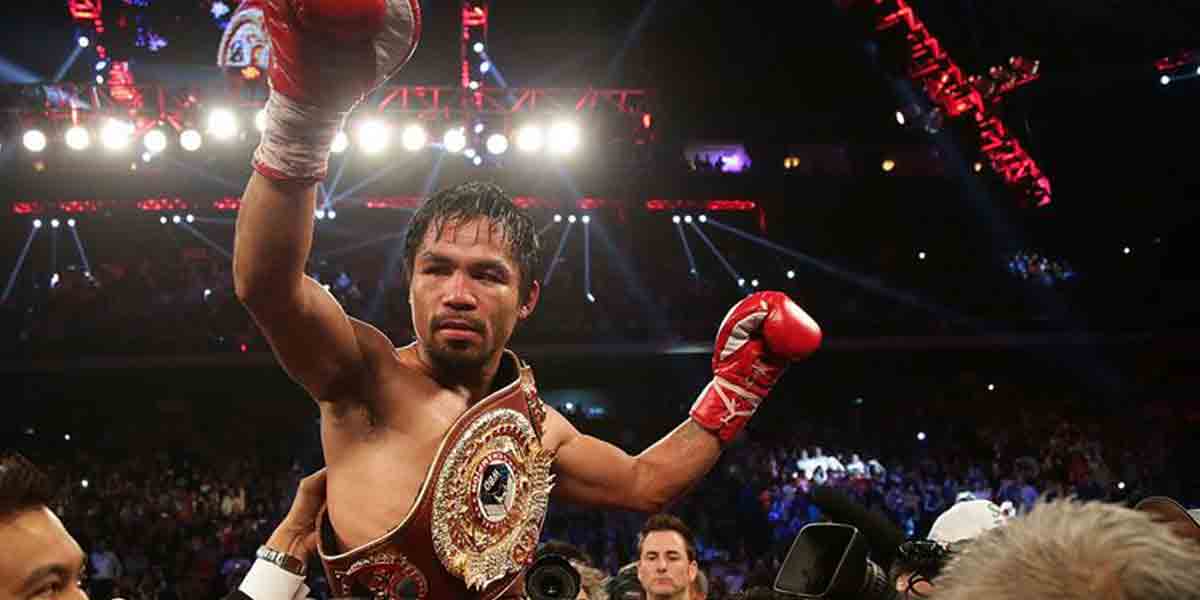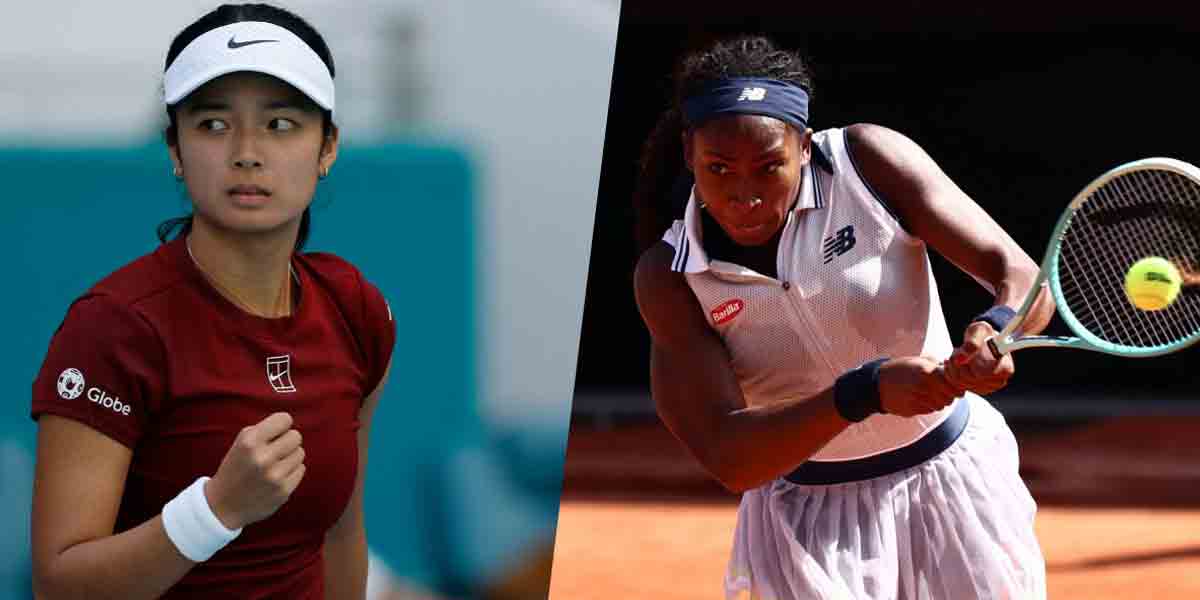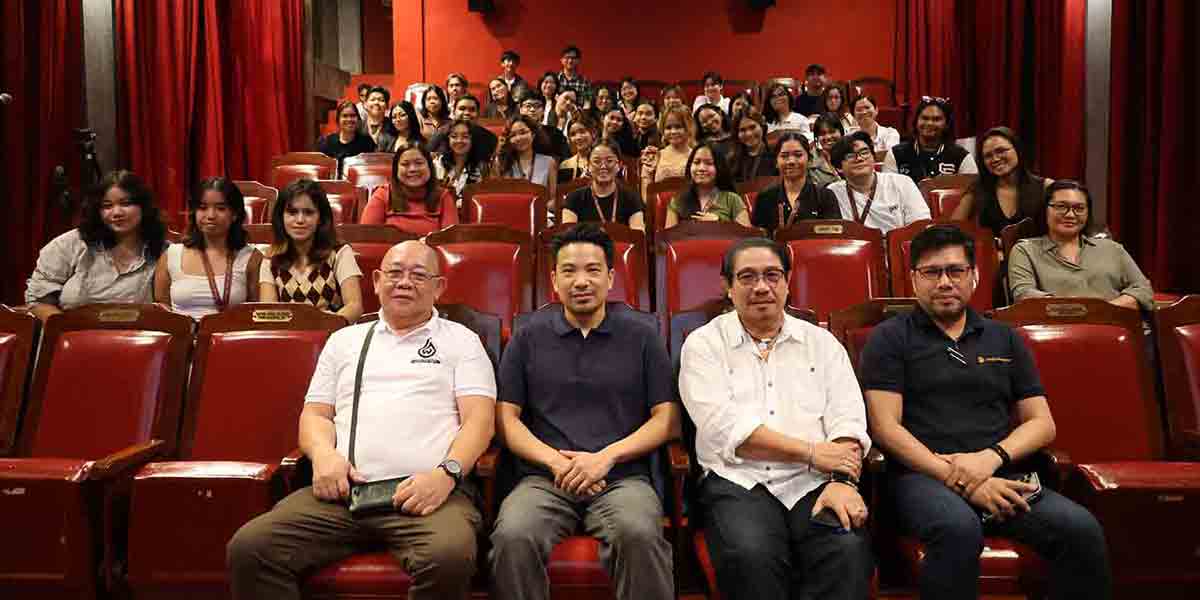By Herman M. Lagon
The Tamasak Arena buzzed with life that morning, packed with students, coaches, sports coordinators, teachers, and government officials. They gathered not just for the RSCUAA 2024 event but to cheer for Alexie Mae Brooks, the Ilongga track and field phenom turned beauty queen who graced the stage to inspire athletes and sports officials. The pride in the air was not only about sports; it was about seeing one of them shine on a stage where the community felt celebrated.
Beauty pageants go far beyond entertainment. They are woven deeply into the culture, from small-town fiestas to nationally streamed events. Recently, I chanced upon a group of pageant hopefuls and their glam teams posing in a local park, the scene so casual yet loaded with meaning. Each sequined gown, 5-inch heels, and perfectly curled strand represented dreams, pride, and, to some, livelihoods. For many Filipinos, pageantry is not a hobby but a lifeline.
This fascination has its roots in history. During Spanish rule, events like the Santacruzan highlighted beauty and grace, while the American-introduced Carnival Queens established pageants to celebrate cultural and personal excellence. By the time Gloria Diaz became the first Filipina Miss Universe in 1969, pageants had cemented their place in the national psyche as symbols of aspiration and pride.
But why does a country grappling with poverty invest so much in pageantry? Part of the allure lies in its ability to offer escape and opportunity. Amid daily struggles, the glitz provides a fleeting reprieve. For contestants, the stakes are life-changing: scholarships, careers, affirmations, and a shot at lifting their families out of hardship. Pageants embody the hope of transformation, no matter how fleeting or aspirational.
Still, pageantry is not without criticism. Standards often lean toward Western ideals, favoring tall, fair-skinned candidates and perpetuating colorism, a prejudice against individuals with a dark skin tone. Dr. Mina Roces, a historian specializing in Filipino culture, has noted how these ideals reinforce exclusionary beauty standards. However, recent queens like Brooks, fellow Ilongga beauty Rabiya Mateo, and everyone’s Miss Universe, Catriona Gray, have used their platforms for advocacy, showing that beauty can champion meaningful causes like self-love, education empowerment, environmental protection, HIV awareness, women’s rights, and indigenous culture preservation.
On the other hand, pageants can also foster inclusivity. LGBTQIA+ contests and those for senior citizens celebrate beauty in diverse forms, aligning with the Filipino value of kapwa—a sense of shared identity and community. While international competitions move toward inclusivity, grassroots pageants have long been spaces for broader representation.
Yet the industry has its shadows. Allegations of exploitation, like those during the Miss Earth 2018 controversy, expose the vulnerabilities contestants face under immense pressure. Without better safeguards, the industry risks exploiting the individuals it seeks to uplift. Organizers must ensure that pageants are platforms for empowerment rather than harm.
Critics argue that pageants often prioritize glamour over substance, reducing women to spectacles instead of celebrating their depth and individuality. The focus on beauty, gowns, and perfect walks can overshadow meaningful conversations about intellect and advocacy. This pursuit of perfection risks promoting superficial values, prompting calls for the industry to shift its focus toward substance and impact.
Social media feeds often capture the lighter side of pageantry, with viral clips of contestants delivering offbeat or humorous answers to Q&A segments. While these moments spark laughter and memes, they also highlight the immense pressure these young women face under the spotlight. Behind the jokes lies a truth: pageants can demand perfection but often celebrate humanity in its raw, unscripted moments.
Despite their flaws and quirks, pageants carry undeniable cultural weight. National costume competitions spotlight our diversity, from T’boli beadwork to Maranao malongs. In Iloilo, the Hablon—a handwoven fabric—symbolizes Ilonggo artistry and resilience. These displays go beyond glitz, honoring our roots and regional pride.
For communities, a queen’s victory is more than personal. When Alexie Brooks stood on that stage, Barotac Nuevo shared her triumph. This collective pride fuels the pageant craze, uniting communities in a way that transcends social and economic divides.
At their best, pageants reflect the complexities of Filipino society. They balance glamour with advocacy and individuality with community pride. As the lights fade and the applause quiets, one truth remains: Beauty is about more than appearance in Pinoys’ hearts. It is about hope, connection, and the courage to dream.
Pageants mirror our culture—celebrations of grace and shared aspirations. Beyond the crowns, the grit, glory, and gravitas that accompany them remind us that beauty lies in resilience and the pursuit of purpose.
***
Doc H fondly describes himself as a “student of and for life” who, like many others, aspires to a life-giving and why-driven world grounded in social justice and the pursuit of happiness. His views do not necessarily reflect those of the institutions he is employed or connected with.



